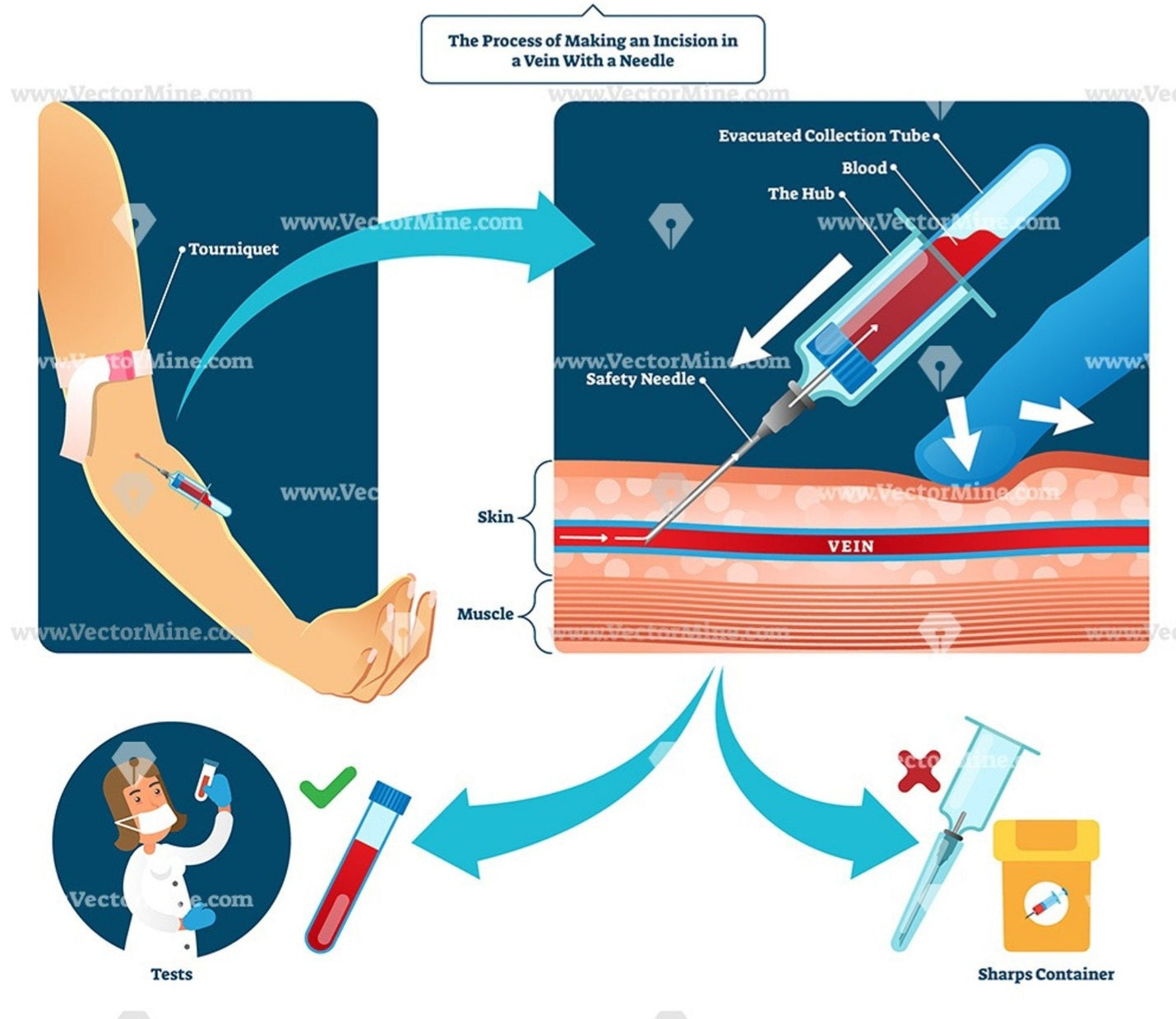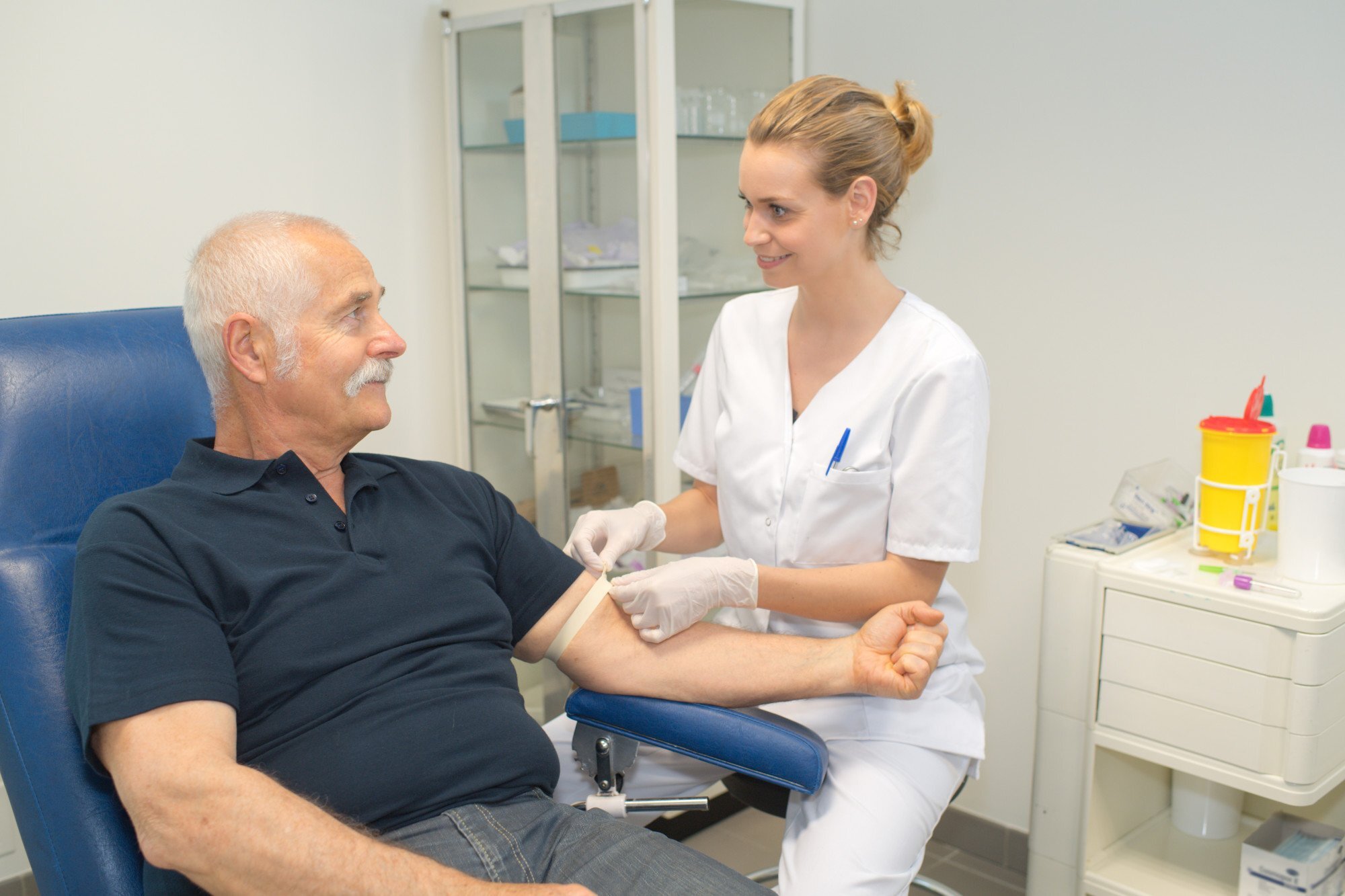3 Simple Techniques For Northeast Medical Institute - New Haven Campus Phlebotomy Course & Cna Class
3 Simple Techniques For Northeast Medical Institute - New Haven Campus Phlebotomy Course & Cna Class
Blog Article
The 10-Minute Rule for Northeast Medical Institute - New Haven Campus Phlebotomy Course & Cna Class
Table of ContentsNortheast Medical Institute - New Haven Campus Phlebotomy Course & Cna Class Things To Know Before You Get ThisNot known Incorrect Statements About Northeast Medical Institute - New Haven Campus Phlebotomy Course & Cna Class The Of Northeast Medical Institute - New Haven Campus Phlebotomy Course & Cna ClassIndicators on Northeast Medical Institute - New Haven Campus Phlebotomy Course & Cna Class You Should KnowNortheast Medical Institute - New Haven Campus Phlebotomy Course & Cna Class - An OverviewNortheast Medical Institute - New Haven Campus Phlebotomy Course & Cna Class Things To Know Before You Buy
The usage of such gadgets should be come with by various other infection prevention and control techniques, and training in their use.For settings with reduced resources, cost is a motoring element in purchase of safety-engineered gadgets - Phlebotomy Courses. Where safety-engineered devices are not readily available, skilled use a needle and syringe is acceptable. Unintended exposure and details info concerning an occurrence ought to be videotaped in a register. Support services must be promoted for those that undergo unexpected exposure.
One of the necessary pens of quality of care in phlebotomy is the involvement and participation of the patient; this is mutually useful to both the wellness employee and the person. Clear details either written or verbal ought to be available per patient who undergoes phlebotomy. Annex F supplies sample text for discussing the blood-sampling treatment to a person. labelling); transport problems; analysis of outcomes for professional monitoring. In an outpatient division or center, supply a committed phlebotomy work area containing: a tidy surface area with 2 chairs (one for the phlebotomist and the other for the client); a hand laundry basin with soap, running water and paper towels; alcohol hand rub. In the blood-sampling room for an outpatient department or clinic, provide a comfy reclining sofa with an arm remainder.
The 7-Second Trick For Northeast Medical Institute - New Haven Campus Phlebotomy Course & Cna Class
Guarantee that the signs for blood sampling are plainly defined, either in a created protocol or in recorded instructions (e.g. in a laboratory type). In all times, comply with the strategies for infection avoidance and control listed in Table 2.2. Infection prevention and control techniques. Collect all the devices needed for the procedure and area it within safe and very easy reach on a tray or trolley, making sure that all the things are clearly visible.
Introduce yourself to the patient, and ask the client to specify their full name. Check that the laboratory form matches the patient's identity (i.e. match the patient's information with the research laboratory kind, to make certain accurate identification).
Make the client comfortable in a supine placement (if feasible). The client has a right to refuse an examination at any type of time before the blood tasting, so it is essential to guarantee that the person has comprehended the treatment - CNA Classes.
Northeast Medical Institute - New Haven Campus Phlebotomy Course & Cna Class Can Be Fun For Anyone
Expand the client's arm and check the antecubital fossa or forearm. Find a blood vessel of a great size that is noticeable, straight and clear.
DO NOT put the needle where blood vessels are drawing away, due to the fact that this raises the opportunity of a haematoma. Finding the capillary will help in determining the appropriate size of needle.
Haemolysis, contamination and visibility of intravenous liquid and medication can all modify the results (39. Nursing team and medical professionals might access main venous lines for specimens following methods. Specimens from main lines bring a danger of contamination or erroneous laboratory test outcomes. It serves, but not optimal, to injure specimens when initial introducing an in-dwelling venous device, before connecting the cannula to the intravenous fluids.
See This Report on Northeast Medical Institute - New Haven Campus Phlebotomy Course & Cna Class
Failure to enable adequate contact time raises the risk of contamination. DO NOT touch the cleaned up site; in specific, DO NOT position a finger over the blood vessel to direct the shaft of the subjected needle.
Ask the individual to create a fist so the capillaries are much more prominent. Enter the vein swiftly at a 30 degree angle or less, and remain to introduce the needle along the capillary at the easiest angle of access - CNA Classes. When sufficient blood has actually been collected, release the tourniquet prior to taking out the needle
The 7-Minute Rule for Northeast Medical Institute - New Haven Campus Phlebotomy Course & Cna Class
Take out the needle carefully and use gentle stress see this website to the site with a tidy gauze or completely dry cotton-wool sphere. Ask the patient to hold the gauze or cotton woollen in position, with the arm prolonged and raised. Ask the individual NOT to flex the arm, since doing so triggers a haematoma.

Not known Factual Statements About Northeast Medical Institute - New Haven Campus Phlebotomy Course & Cna Class
Where feasible, maintain the tubes in a shelf and move the rack towards you - https://issuu.com/northeastmed#google_vignette. If the example tube does not have a rubber stopper, inject incredibly slowly right into the tube as lessening the pressure and rate made use of to transfer the sampling minimizes the risk of haemolysis.

Report this page